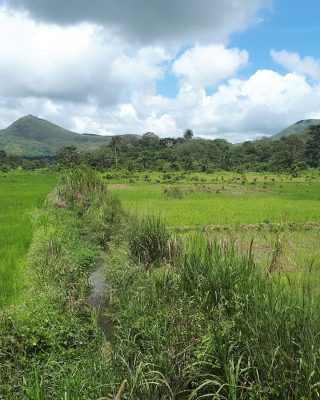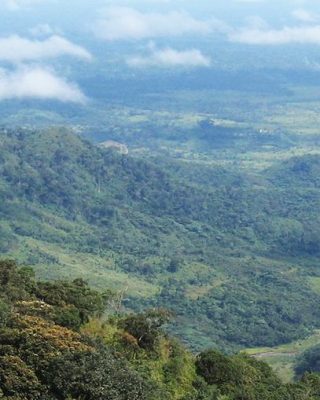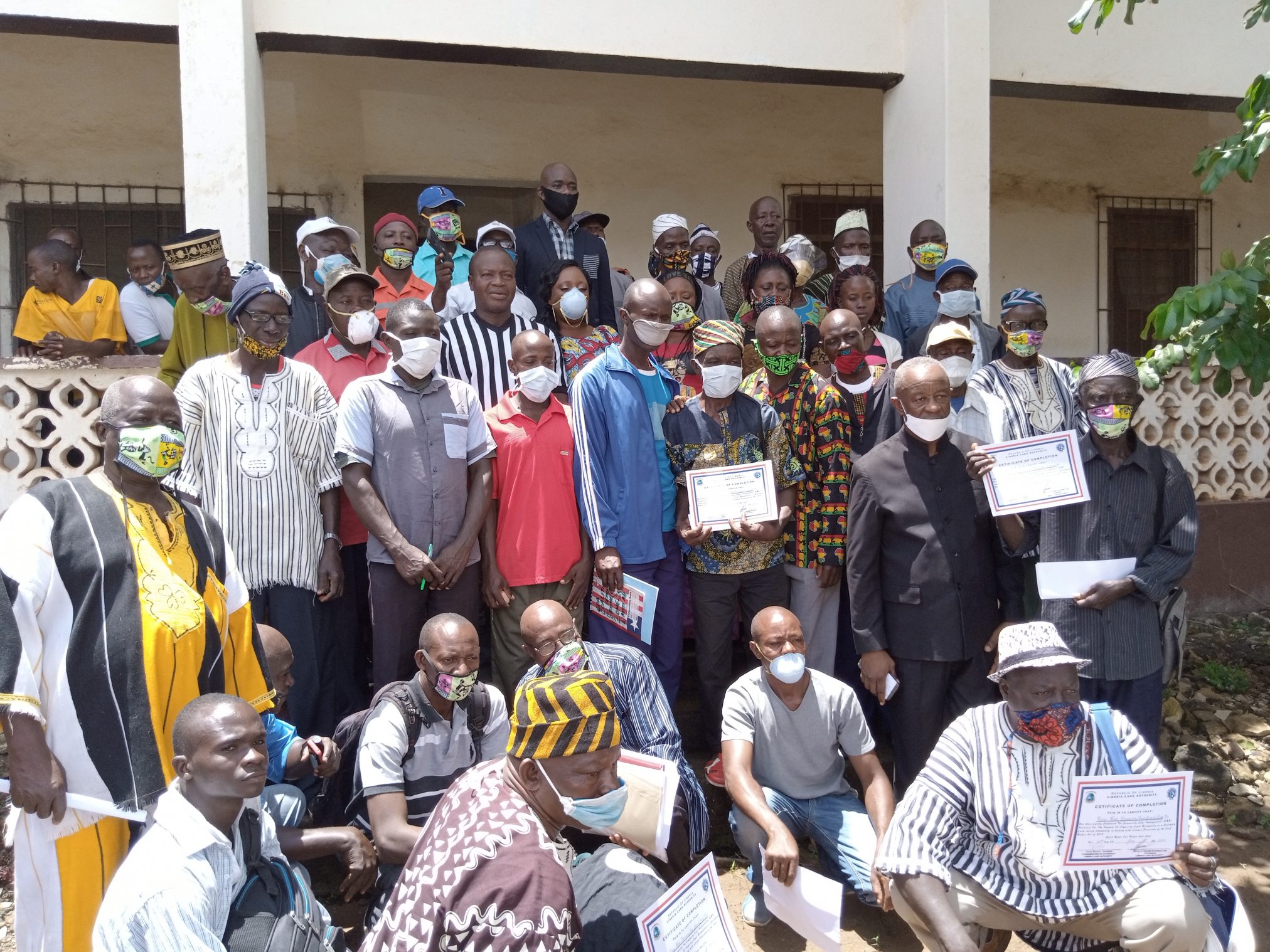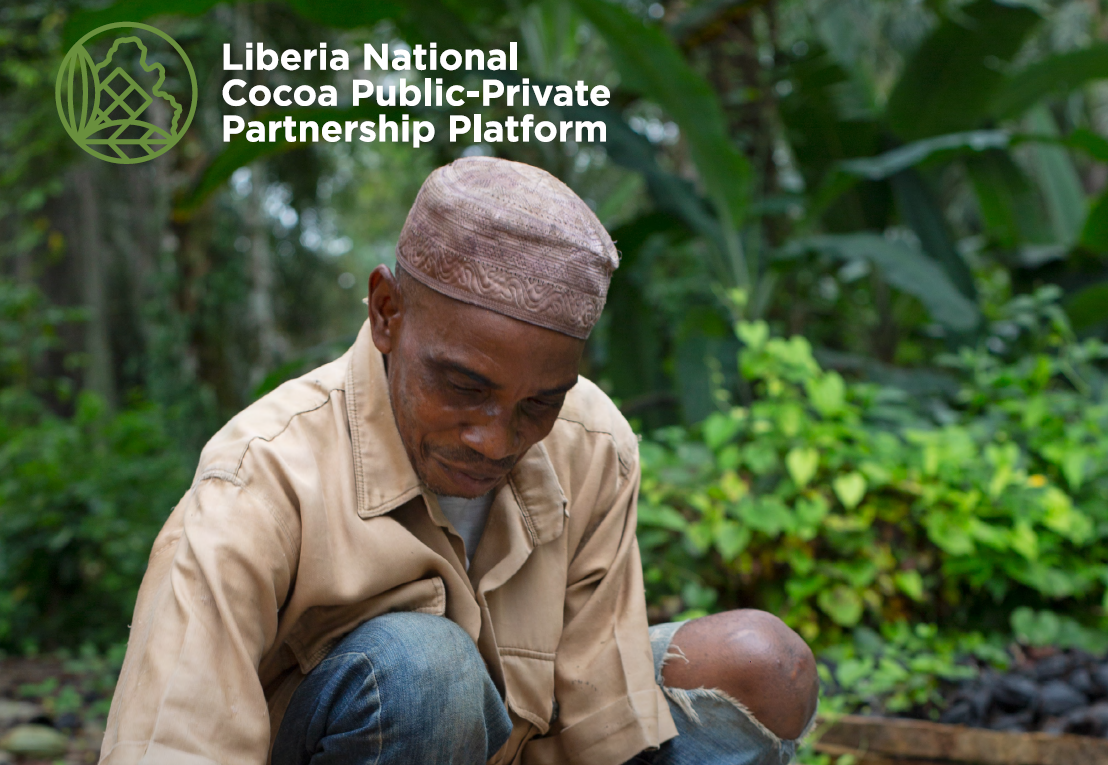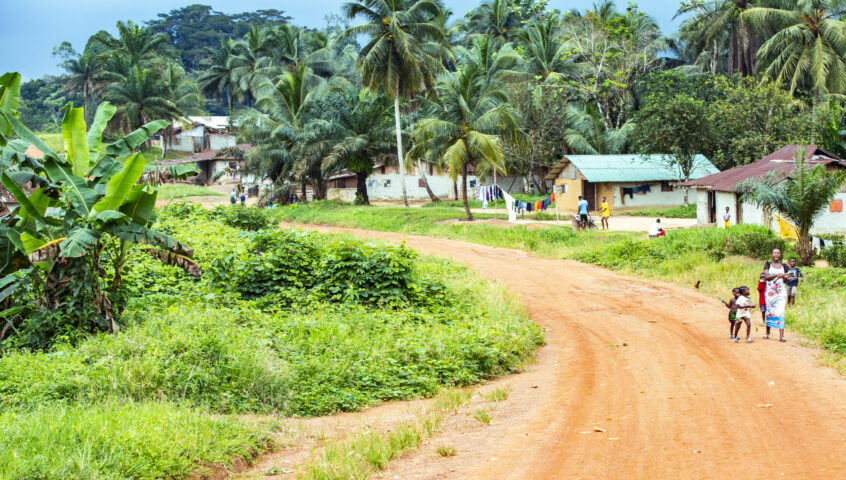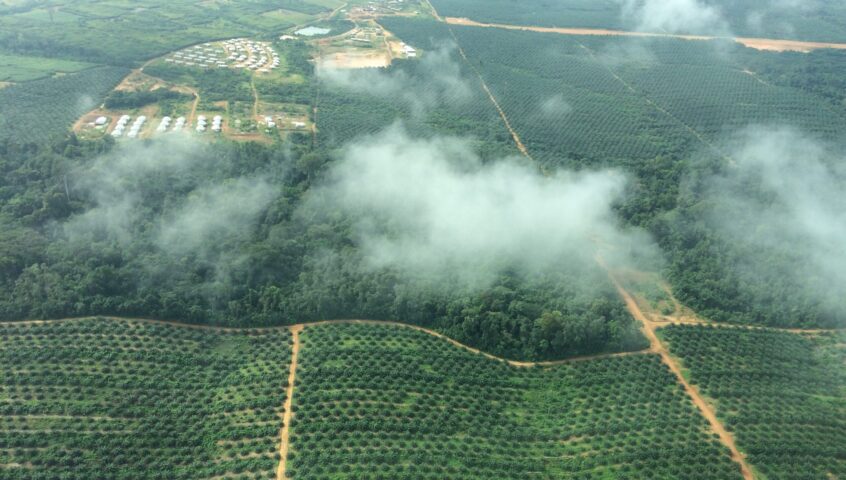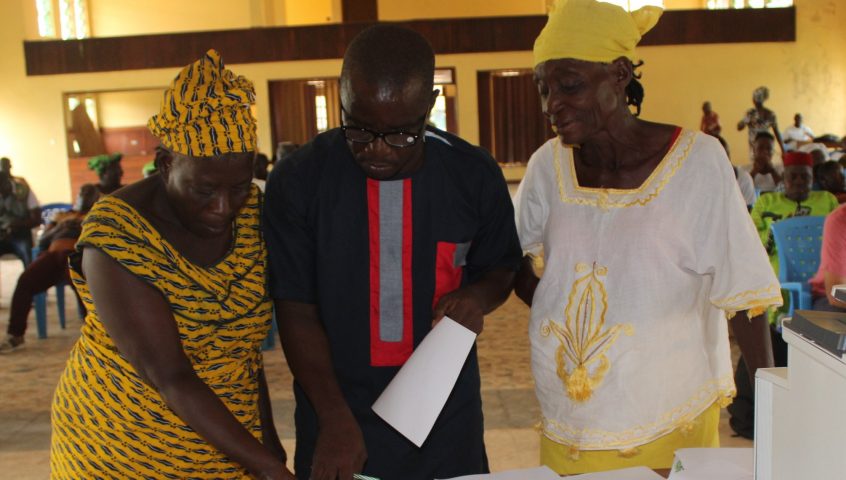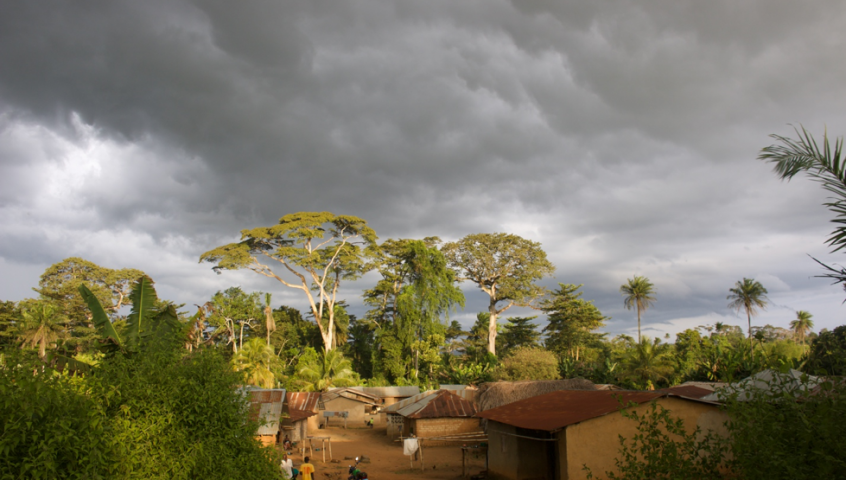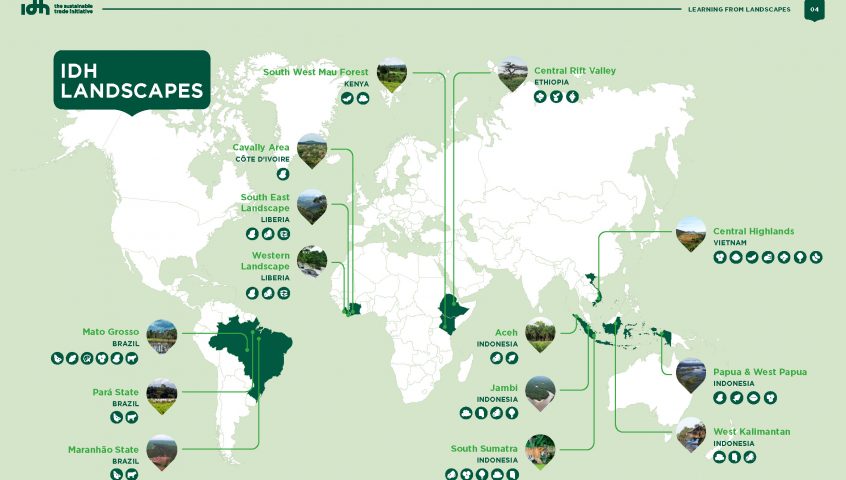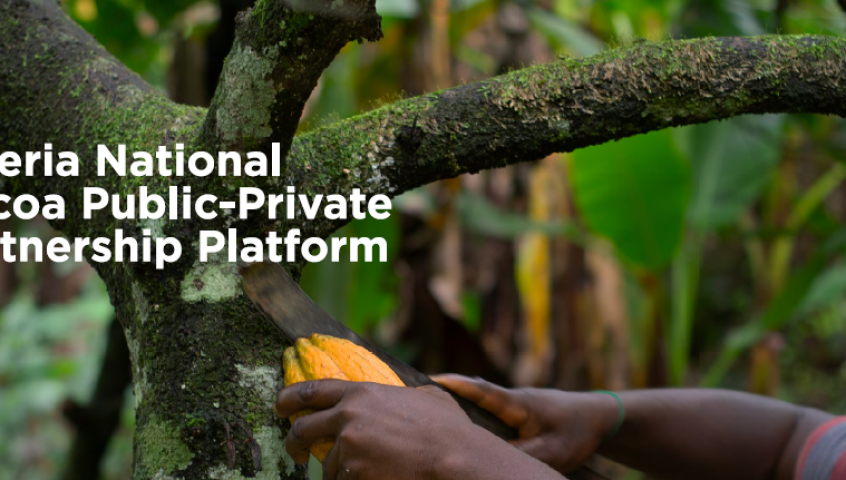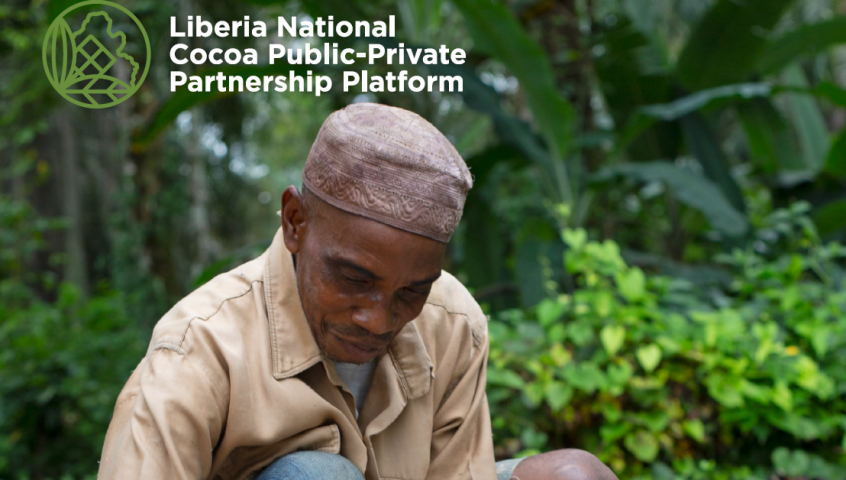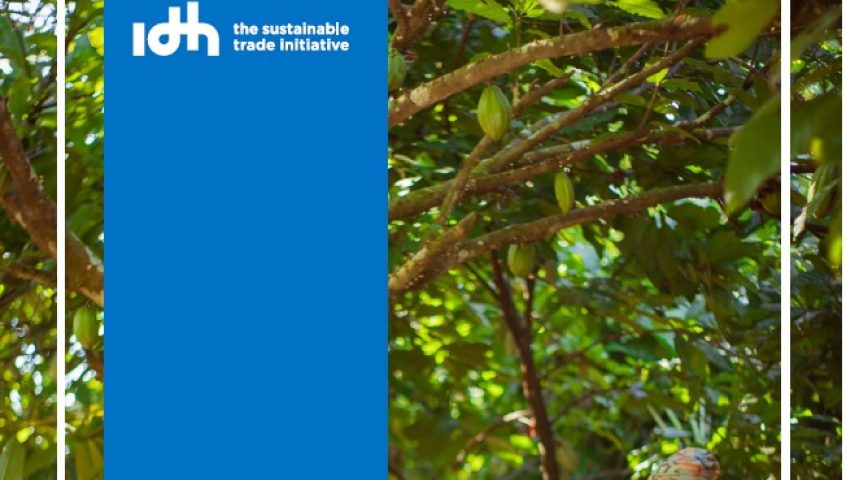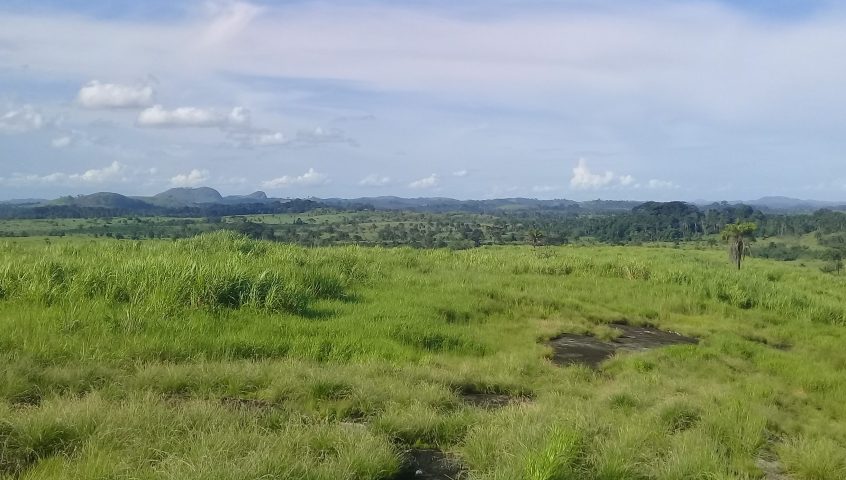Liberia has made significant progress reforming its forest, land and agriculture sectors in the last decade. The policy and legal framework governing forestry provides for inclusive community participation and revenue sharing between local populations and the national government. Similarly, the policy and legal framework governing land recognizes and legally protects Customary Land rights, regardless of whether a community’s land claim is documented or not. In the agriculture sector, a National Interpretation domesticating the Principles and Criteria of the Roundtable on Sustainable Palm Oil has been developed, and National Guidelines for implementing the principles of Free, Prior, and Informed Consent has been adopted. A forward-looking national oil palm strategy is being developed through a multi-stakeholder process. All of these actions contribute to creating an enabling environment for investment, and for developing viable public-private-partnerships in the land, forestry and agriculture sectors.
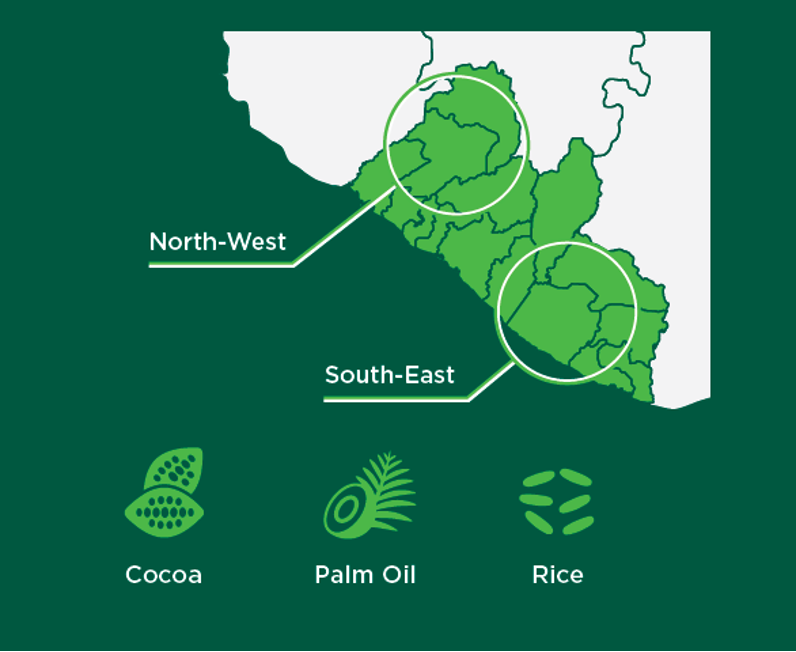 Between 2006 and 2010, the government of Liberia granted concessions to a number of international companies to grow oil palm. For example, Golden Veroleum Liberia (GVL) and Sime Darby Plantation Liberia (SDPL) were granted more than 600,000 hectares in south eastern and western Liberia. Both concessions include significant areas of forest with high conservational value. The GVL concession includes forest areas in districts bordering the Sapo National Park, the largest national park in the country and the SDPL concession, now held by Mano Palm Oil Industries (MPOI), this overlaps with the second largest block of largely intact forest in Liberia.
Between 2006 and 2010, the government of Liberia granted concessions to a number of international companies to grow oil palm. For example, Golden Veroleum Liberia (GVL) and Sime Darby Plantation Liberia (SDPL) were granted more than 600,000 hectares in south eastern and western Liberia. Both concessions include significant areas of forest with high conservational value. The GVL concession includes forest areas in districts bordering the Sapo National Park, the largest national park in the country and the SDPL concession, now held by Mano Palm Oil Industries (MPOI), this overlaps with the second largest block of largely intact forest in Liberia.
To ensure that the people of Liberia benefit from these developments, there is a need for the government, communities, private sector and other stakeholders to work together to improve agricultural productivity, catalyze inclusive development through the inclusion of smallholders and communities in agriculture value chains, and at the same time protect the forest. Securing land rights and establishing participatory land use plans, mobilizing responsible investment, and building the capacity of communities to partner with the private sector, are all critical factors that would enable such multi-sector collaboration.
Our inclusive approach benefits all stakeholders:
- Communities benefit from income and employment; green, inclusive growth; and land-use planning and forest protection that secure their livelihoods.
- The government benefits because the program helps achieve Liberia’s 30 percent forest cover target. It also helps develop the outgrower scheme and fundraise for the program.
- Palm oil companies benefit by working with communities for expanding production, improving community relations and delivering on deforestation free commitments such as meeting global palm oil sustainability standards.
- Development investors benefit because the program’s funding structure can be used for REDD+ payments.
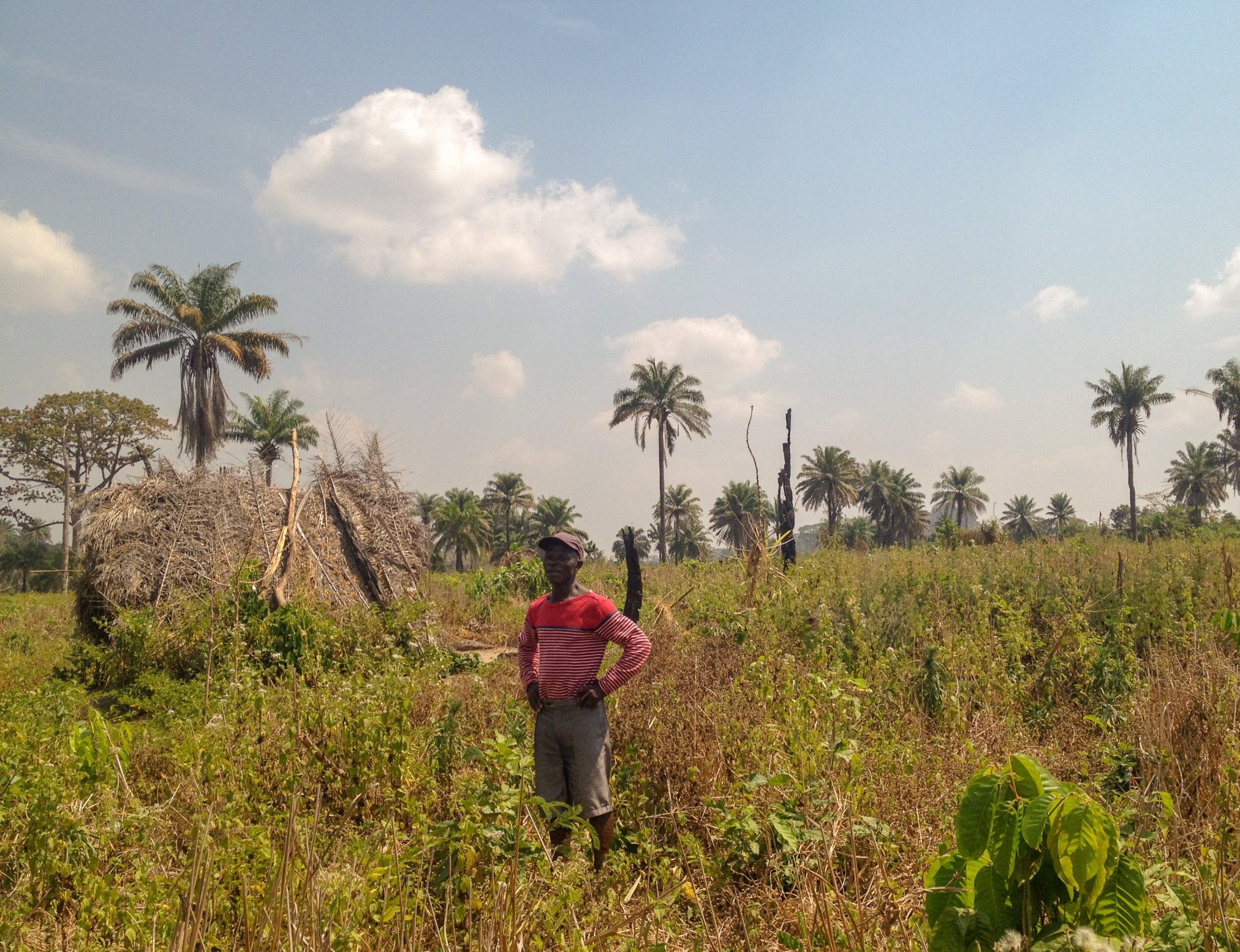
Landscapes
Liberia is home to the last remaining dense upper Guinean forest. The North West and the South East of Liberia are most rich in forest and biodiversity, and include the counties where IDH works, Lofa Bomi, and Sinoe. These landscapes include the Sapo National Park, the edge of the Gola Forest, and three large Proposed Protected Areas that have not yet been formally gazetted.
IDH intervention in Liberia is based on incentivizing forests and biodiversity protection through IDH’s Production Protection and Inclusion (PPI) approach. Land Governance, Improving Livelihoods and Private Sector Investment are the three working pillars for the PPI strategy.
Land Governance
Land rights and a land use plan lay the foundation for forest protection and private sector investment.
1. Spatial development plan / Green Growth Plan at County level;
- Vision for regional development is presented
- Assessment of region to understand where agriculture can be intensified and where forests must be protected
2. Participatory Land Use Planning at District level;
- Communities and government plan land use for production and protection and identify key investment needs
- These needs and the land use plan are then validated by all stakeholders of the concerned area
- The Participatory Land Use Plan aims to provide land planning on clan level so that in a later stage the land plans can be institutionalized by the clans
3. Customary Land Rights Formalization;
- Communities are supported to formalize their land rights as per the progressive 2019 Land Rights Act
- Rights clarify governance for forest protection and enable investment in land productivity avoiding conflict
- By-laws on land use planning for the community can be notarized. This will be based on the Participatory Land Use Plan
4. PPI Compact:
- Communities, government, private sector and other key stakeholders sign a multi-year agreement to sustainably manage the landscape through achieving targets on land use
- A governance body is established and trained to ensure sustainably landscape management when IDH exits
Improving Livelihoods
Smallholder and community interventions that promote sustainable (no-slash-and-burn) agriculture that contributes to household food security and production for local markets to enable and incentivize forest and biodiversity protection. This builds trust, commitment and capacity with communities to implement the PPI Compact and the land use plan.
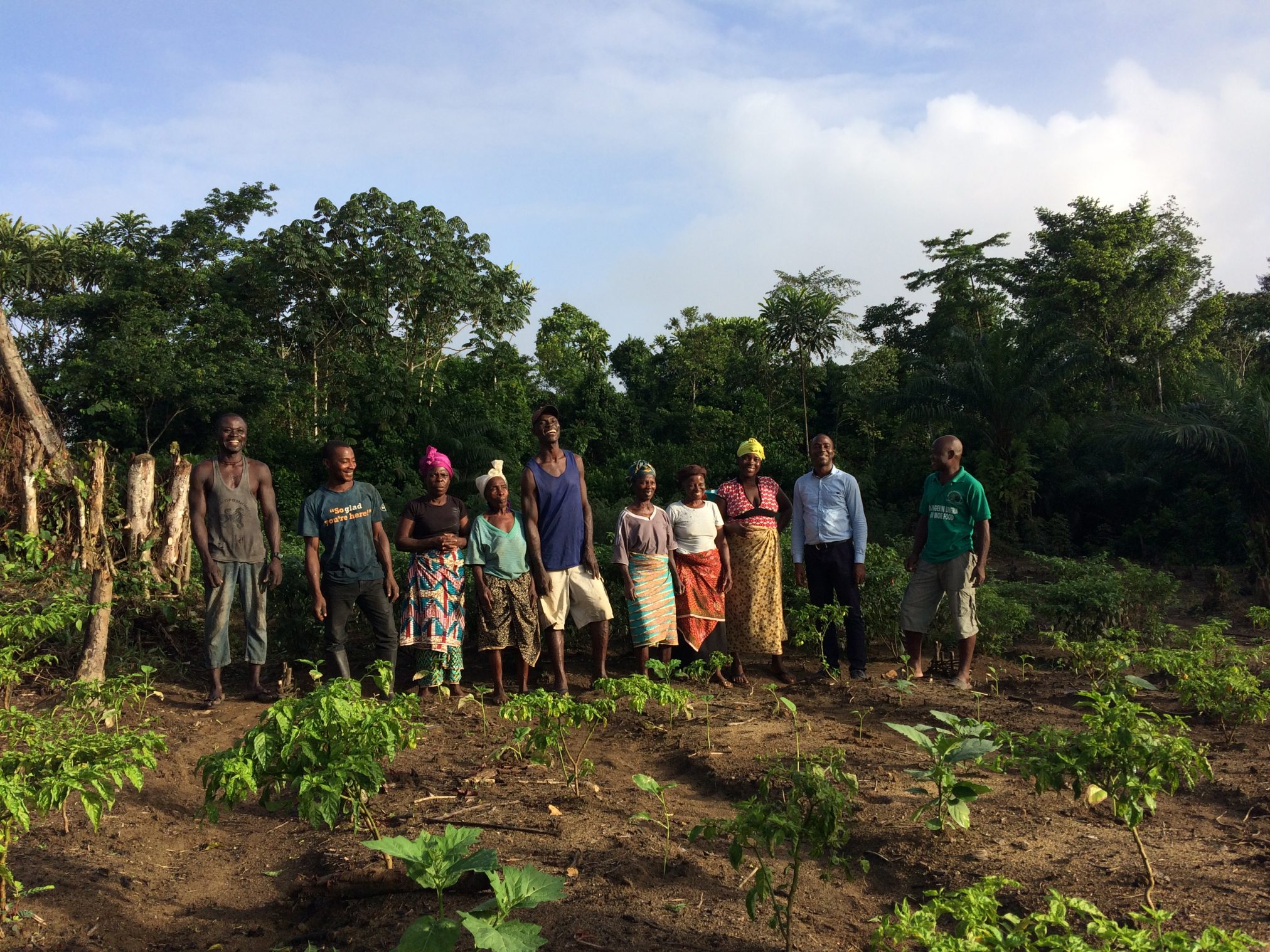 © IDH
© IDH
- Farmer Field schools – farmers are trained in Good Agricultural Practices, and Kuus (labour sharing groups) are revitalized to increase production
- Nurseries – communities are trained and guided to set-up nurseries for shade trees
- Infrastructure is improved to increase irrigation for agriculture
- Awareness is raised on fire prevention
- Financial literacy through village savings and loan associations (VSLAs), including women and youth
- Sensitization on forest protection through the identification and selection of forest patches of land to be restored or protected
- Capacity building of the Forestry Development Authority through forest patrol and monitoring
Private Sector Investment
IDH mobilizes private sector co-funding projects and investments into sustainable agriculture to incentivize forest protection, reforestation and innovations in Service Delivery Models.
Agricultural Infrastructural and Investment Company (AIIC):
- Promoting sustainable lowland rice farming, reducing deforestation and incentivizing production
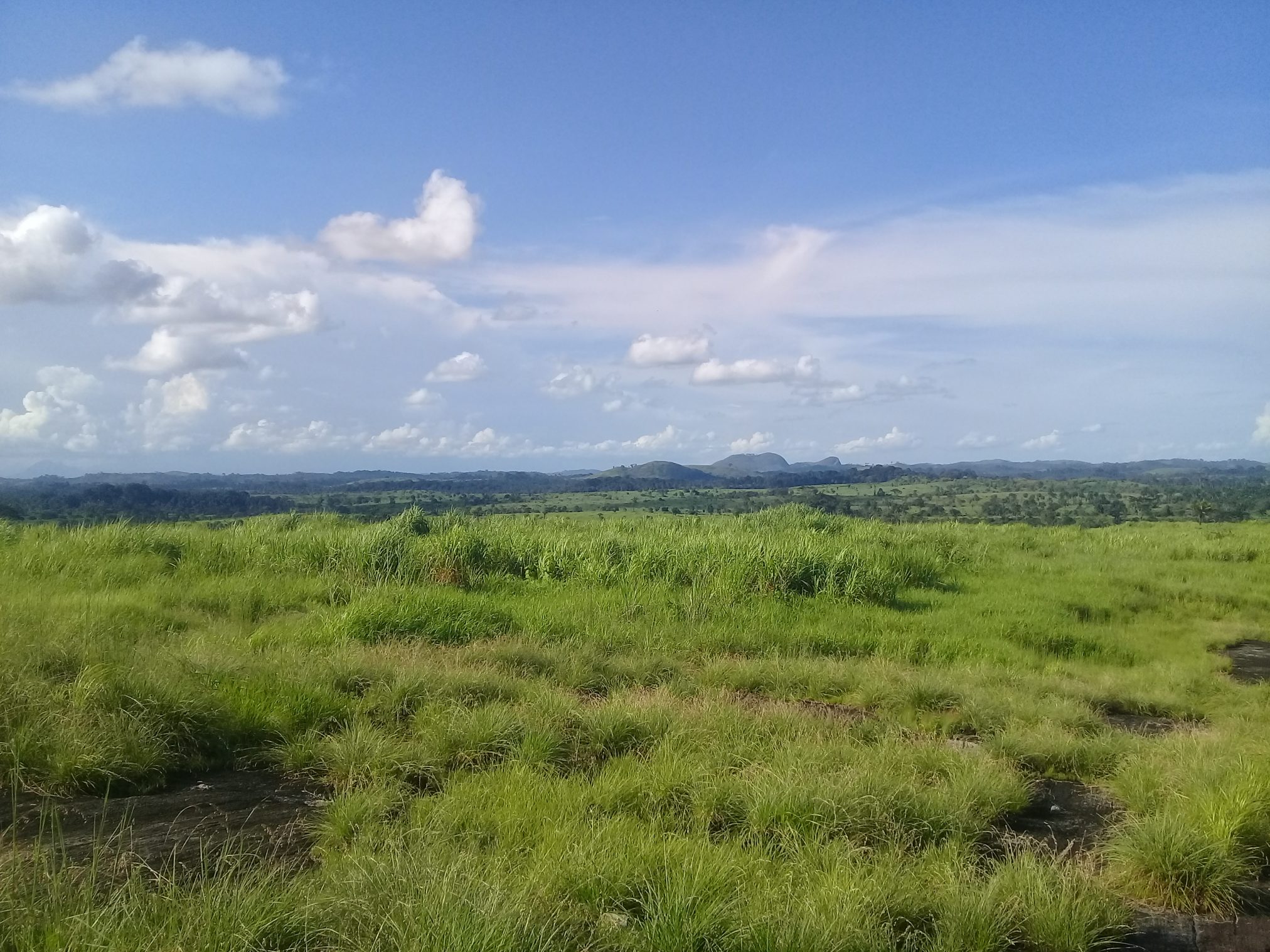 © IDH
© IDH
Roadmap to Sustainable Cocoa in Liberia
Publications
No publications found.

